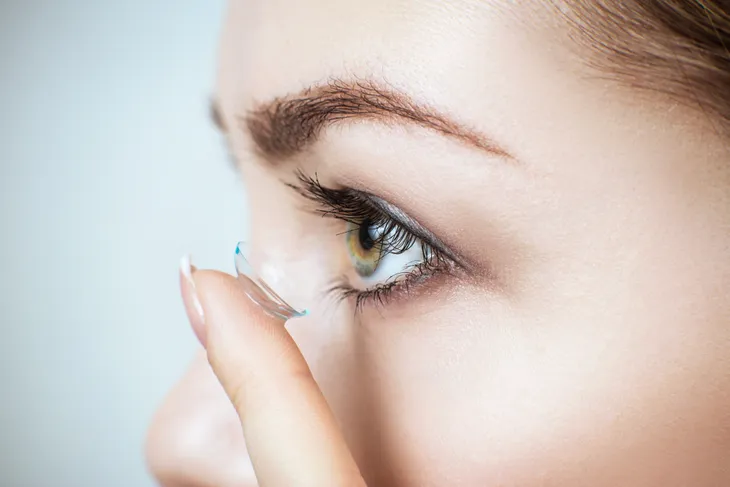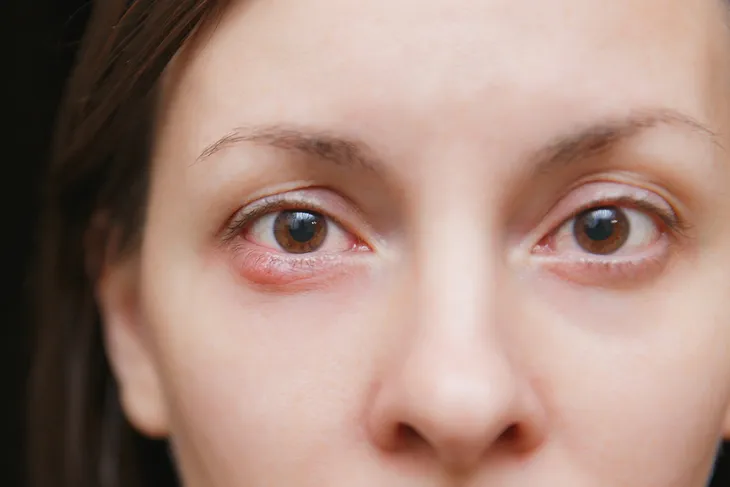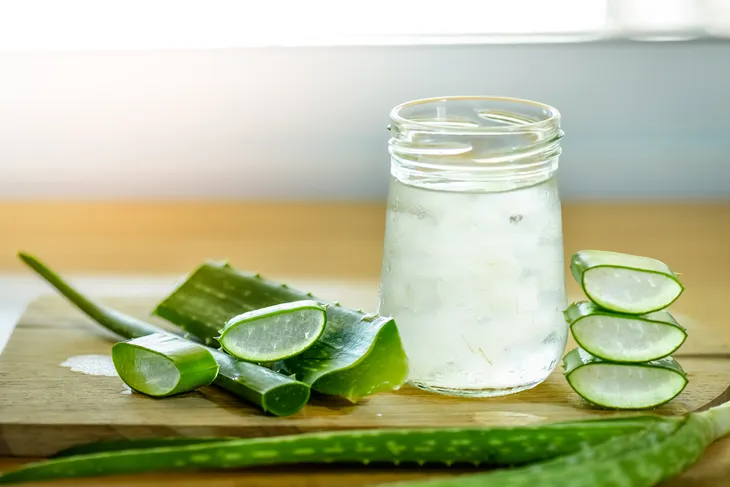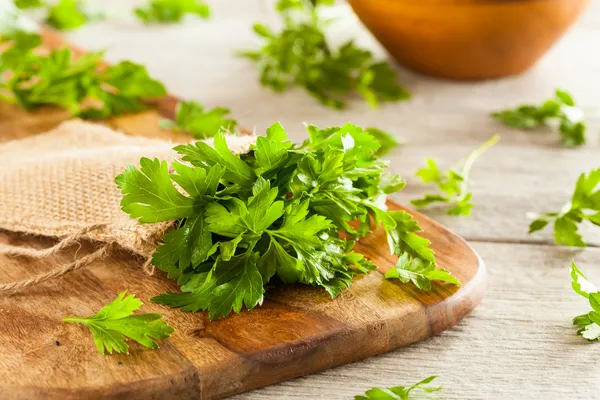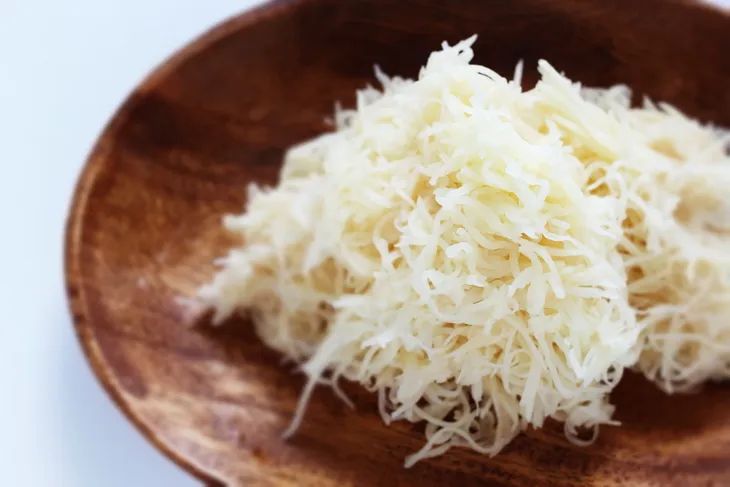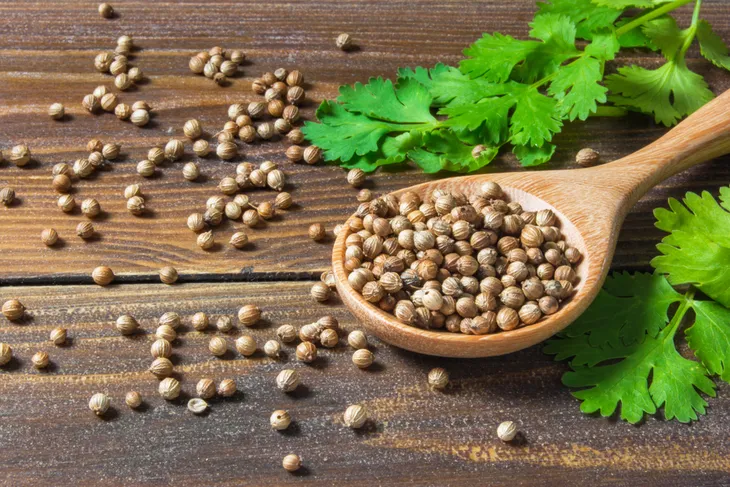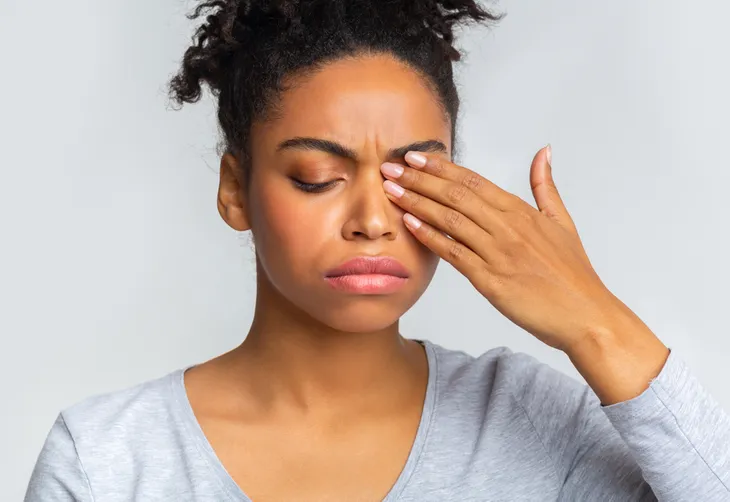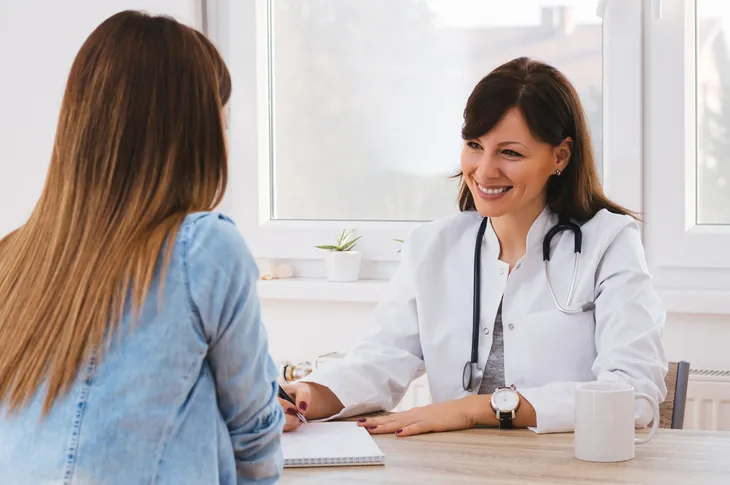If you are currently suffering from a stye you already know how painful and annoying they can be. A stye is a small, pus-filled lump that can form on the upper or lower eyelid as a result of a bacterial infection. Styes are often caused by touching your face with unwashed hands, using expired makeup or sleeping with your makeup on, or using contaminated contact lenses.
Common symptoms of a stye include a red lump (similar to a pimple) on your eyelid, eyelid pain, eyelid swelling, and watery or teary eyes. While a stye can be quite uncomfortable, they generally disappear on their own in a couple of days. In the meantime, you can give these effective home remedies a try to help ease the pain and swelling.
Note: Don’t attempt to pop or squeeze the stye as this may spread the infection.
Avoid Wearing Makeup
If you have a stye and you regularly wear makeup, then it’s time to avoid wearing makeup. At least until the stye has gone away. Makeup can irritate the stye which may delay the healing process.
Additionally, bacteria can be transferred from your makeup products and tools. With this in mind, you’ll need to discard any eye products that can’t be cleaned and make sure you wash your makeup tools regularly.
It’s also a good idea to go through your makeup every once in a while and discard the expired makeup. Most products are only good for about three to four months after opening.
Avoid Wearing Contacts
Do you regularly wear contacts? If you do and you develop a stye, you’ll want to ditch the contact lenses and wear glasses instead.
Healthline explains, “Bacteria from the stye can get onto the contacts and spread the infection.” When the stye does clear up make sure you discard your old contact lenses and change to a fresh, new pair to help prevent another infection.
Warm Compress
Applying a warm compress to the stye is a great way to help ease the pain, and reduce swelling. It can also help open up the glands and drain the stye.
To make a warm compress, you can wet a cloth with very warm water. Make sure it isn’t scalding hot. Then, apply the warm compress to the stye for short periods of time. You can repeat this remedy a few times per day. If both eyes have a stye, be sure to use a different washcloth for each eye.
Warm Tea Bags
This remedy is similar to applying a warm compress but instead of using water and a towel, you’ll use a warm teabag. Some teas have antioxidant and anti-inflammatory properties that can help treat your eye. But that’s not all, teabags may also be able to help improve the appearance of dark circles, puffiness, and redness.
Some great options include green tea, black tea, and chamomile tea. To use this remedy, start by steeping a teabag. Then squeeze out any excess liquid from the bag and allow it to cool until it’s warm but not scalding hot. Then apply the bag to your eye for five to ten minutes. You can repeat this remedy a few times per day but make sure you use a new teabag each time.
Aloe Vera
Aloe vera is known to be a great natural remedy for sunburns and scrapes but it can also help treat a stye. This is because it’s thought to have anti-bacterial and anti-inflammatory properties.
To use this remedy, rub a small amount of aloe vera gel on your closed, infected eye. Be careful not to get it directly in your eyes as this can cause burning and irritation. Allow it to sit on your eye for about 20-minutes and then thoroughly wash your eyes after.
Parsley Compress
Another home remedy you can try is making a parsley compress. While there is no evidence that this remedy will speed up the healing process of your stye, it may help reduce swelling and soreness.
To make a parsley compress, begin by brewing parsley leaves for about 15-minutes. Next, dip a clean cloth in the mixture and then apply the compress to the infected eye. Repeat a few times per day.
Grated Potato Compress
Potatoes are a well-known home remedy and are known for their astringent and anti-inflammatory properties. To help treat your stye you will want to use the juice from potatoes. This may help reduce swelling and pain caused by the stye.
Start by grating a potato and then wrap it in a cheesecloth. Place the homemade compress on the affected eye for about 10 minutes. You can repeat it several times per day.
Coriander Seed Compress
You can also make a homemade compress out of coriander seeds. They’re thought to be an effective remedy because they contain natural anti-inflammatory properties. This may help soothe the pain caused by your stye.
To make the compress, combine one cup of water with 1-teaspoon coriander seeds in a pan. Bring the mixture to a boil and then remove from heat. Allow the seeds to soak in the water for about 30-minutes. Strain the liquid and use it to wash the affected eye. You can repeat this remedy a few times per day.
Massage the Area to Promote Drainage
Another effective way to help treat your stye is to massage the area. Massaging the affected area can help promote drainage and in turn, help your stye heal.
Before massaging, make sure your hands are clean. Once the stye drains, be sure to keep the area clean and avoid touching your eye. To keep your eyes and face clean, you can try using baby shampoo because it’s a gentle cleanser.
Seek Medical Treatment
While there are several effective home remedies you can try to help treat the stye, you may also need to seek medical treatment. If the stye doesn’t get better in a few days or if it gets worse make sure you speak with your doctor.
Other reasons to seek medical treatment include if more than just the eyelid hurts, if you’re having vision troubles, or if your eye swells, turns red, or won’t open all the way. Your doctor may prescribe an antibiotic cream, may recommend a steroid shot, or may professionally drain the stye.


